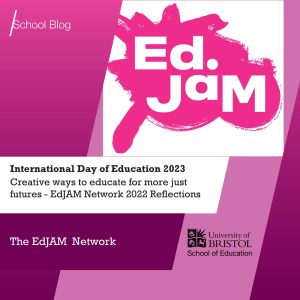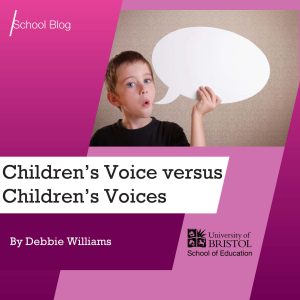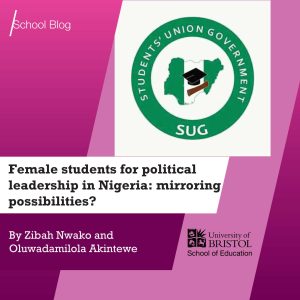 Blog by Jáfia Naftali Câmara School of Education, University of Bristol
Blog by Jáfia Naftali Câmara School of Education, University of Bristol
The Transformative and Anti-racist Educational System project (SETA) secured US$10 million from the W.K. Kellogg Foundation to enable transformative long-term changes to Brazil’s systems and institutions that sustain racial inequities. ActionAid has developed SETA in collaboration with a coalition of civil society organisations: Ação Educativa, Brazil’s leading NGO working in education, culture and youth rights; A Campanha Nacional pelo Direito à Educação, the widest educational collective in Brazil, including student and community groups; CONAQ, a national Quilombola movement advocating for their specific educational needs and challenging inequality and barriers to land access; Geledés-Black Woman Institute, focuses on defending Black women’s rights and challenging traditionally white and male-dominated education spaces; Makira-E’ta, a leading Indigenous Women’s Network supporting Indigenous women’s rights and UNEafro Brasil, which convenes young people, teachers, activists and researchers around themes of antiracism, the right to education, community leadership and the fight against all types of discrimination. The SETA project aims to spark an intergenerational dialogue on racism and education and mobilise a global network on racial justice in education.

 International Day of Education 2023 special blog by the EdJAM Network
International Day of Education 2023 special blog by the EdJAM Network By Debbie Williams, School of Education, University of Bristol
By Debbie Williams, School of Education, University of Bristol By Zibah Nwako and Oluwadamilola Akintewe
By Zibah Nwako and Oluwadamilola Akintewe